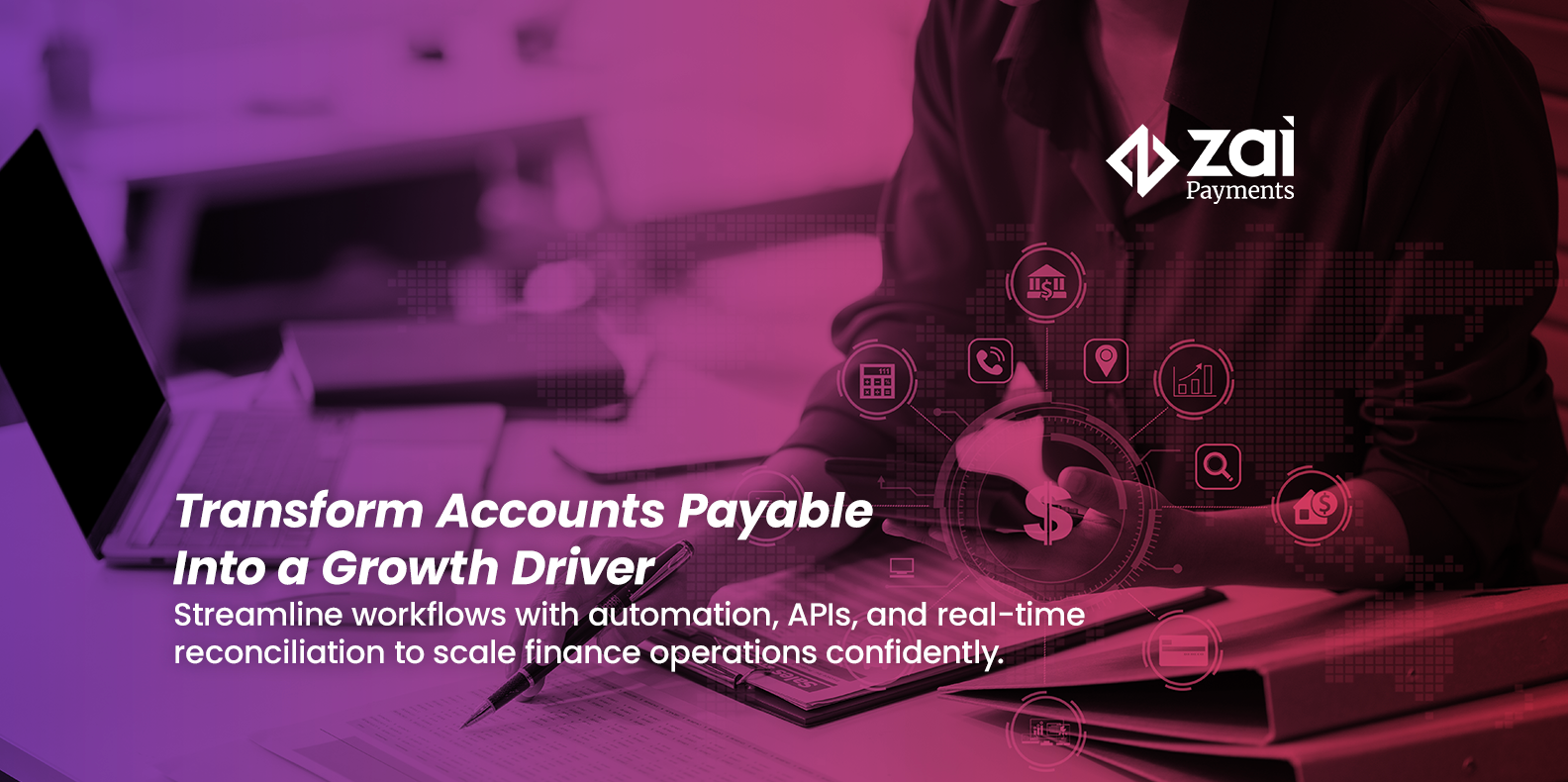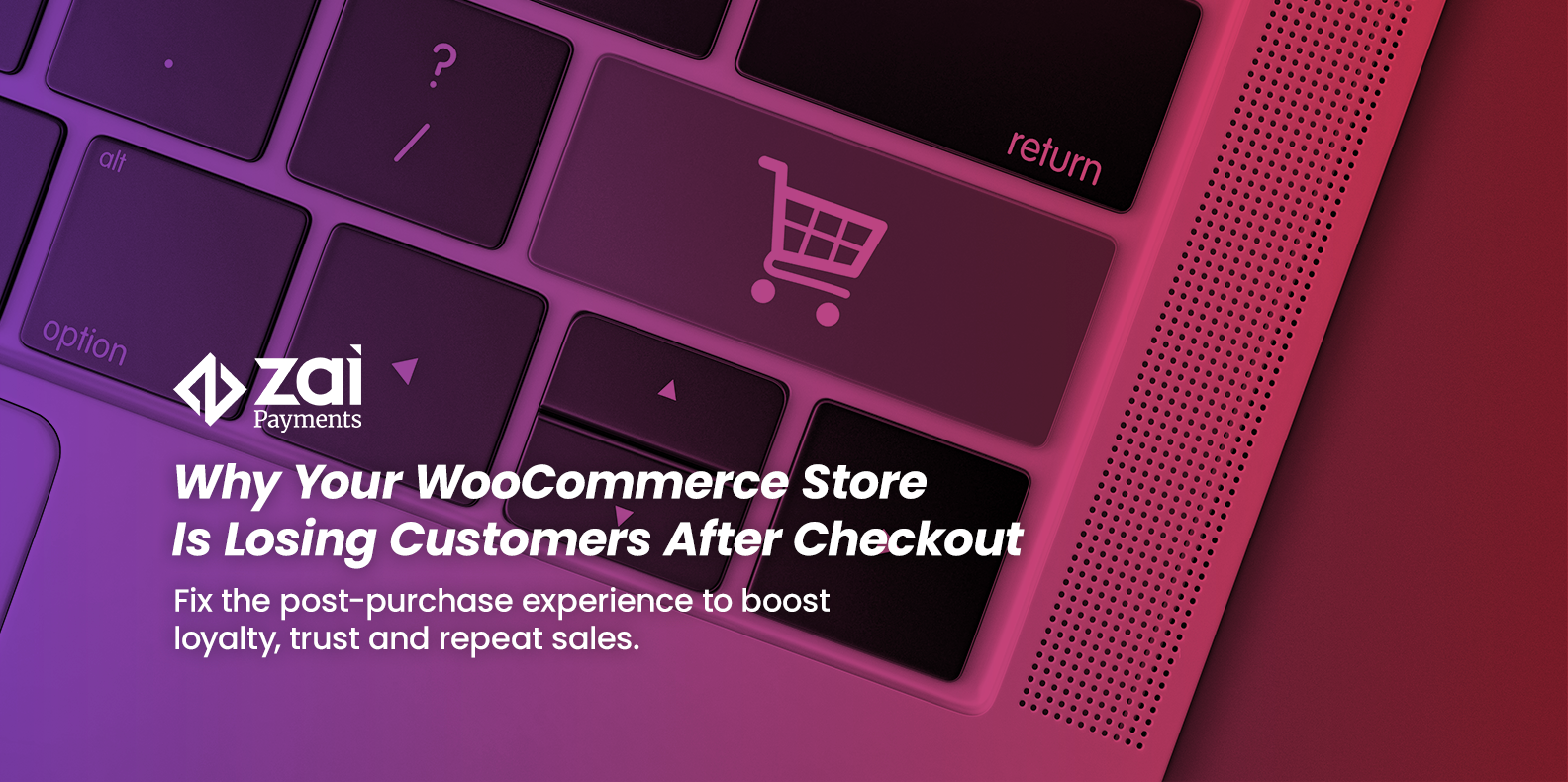Approximately one-third of all Australians rent a home. With rents increasing on average 6.6% between 2020 and 2021, that’s a lot of money.
For landlords and property managers, a lot of resources go into the collection and reconciliation of rent payments. When you consider that two-thirds of all landlord insurance claims are for loss of rent, mostly as a result of rent arrears, anything landlords can do to prevent late payments can save a lot of time, hassle and paperwork.
Which is why more landlords and property managers are now choosing to outsource rent collection to third parties. The boom in the proptech industry means that more firms are now providing rent payment services.
As of May 2021, there were 381 proptech firms operating in Australia and that number is growing. Many of these are focused on the residential leasing sector and have built rent payment capabilities into their platforms.
It’s this new generation of proptech firms that are trying to provide solutions to make life easier for landlords, property managers and tenants. These companies understand the best way to automate rent collection is via direct debit.
The use of direct debit, instead of other Australian electronic bill payment systems, such as BPAY or the New Payments Platform (NPP), can improve the collection of recurring payments, ensuring rent is paid on time, and automating much of the paperwork in the process.
Note: looking to set up a rent payment system via direct debits? Get in touch with a Zai payment expert to start collecting rent!
The benefits of direct debit payments
There are three big incentives to use direct debits as a way of collecting rent payments:
Reduce late payments
Firstly, because direct debits are “pull” payments, in that the transaction is triggered by the payee, they put the landlord or property manager in control.
In this case, authorisation is given by the tenant for the landlord to automatically collect rent when it is due. On the other hand, BPAY and NPP are “push” payments. This means the tenant must action the payment each time. If the tenant forgets to do that, payment isn’t made.
There are benefits for both tenant and landlord, in that the tenant doesn’t need to worry about forgetting to make a manual payment and the landlord doesn’t have to worry about reminding the tenant that the rent is due, or chasing it up should it be late.
More flexibility
As online bill payments, a direct debit and a BPAY may appear quite similar, but when it comes to rent collection, direct debit has one very strong advantage.
With direct debit, the amount and the frequency of the payment can vary. That’s not the case with a BPAY. So should the rent increase, or should the landlord wish to include additional fees, it happens automatically with direct debit.
This is useful if the tenant has to pay the cost of any utilities to the landlord. Furthermore, the frequency of the payment can also alter, if need be.
With BPAY, or another payment method, a new arrangement must be set up to take into account that a different amount needs to be paid. Using direct debit, you have full control over how much is paid, when it’s paid and the frequency of that payment.
Reduced administration and paperwork
Taking payment by cheque or cash comes with a range of administrative processes such as banking these items. And, it costs money to handle money.
With direct debit, this is all automated, as are reconciliations. Furthermore, with “push” payment methods the tenant is able to pause, skip or simply stop the payment, meaning a lot of administration and communication to get payments up and running again.
Direct debit means property managers can take their percentage fee from the tenant before passing on the remaining amount to the landlord - meaning a seamless transaction for all parties.
Direct debit - the efficient way to pay
Collecting rent by direct debits clearly makes a lot of sense for property managers and landlords, especially those with a portfolio of properties to manage, but what about tenants? Direct debits put the landlord in control of payments, but what benefits are there for tenants?
Firstly, direct debit makes life easier for some tenants in that they shouldn’t have to remember when a payment is due, or worry about changing a payment due to a utility bill or rent increase.
Secondly, a direct debit also comes with a guarantee that gives tenants the right to challenge payments and receive a refund if one is due. Of course, the tenant will need to have the funds available to meet that payment.
Direct debit is also a safe way to pay. In Australia, this is done through the Bulk Electronic Clearing System (BECS). BECS is run by the Australian Payments Network (AusPayNet), which includes 120 trusted financial institutions regulated by the government.
As the banks communicate directly, there is no middleman, or card network involved, meaning lower costs.
There is one downside to payment by direct debit. Since payments are processed in batches, it can take up to three days to learn if the funds were available, and, if, for some reason, the tenant doesn’t have enough funds in their account, the payment can be declined. This can create a lengthy payment process.
So, having a backup method like NPP is a great way to accept payment in real time if the renter did not have the funds available when the direct debit took place.
It’s worth noting here also that BPAY transactions are typically settled on the next business day and Zai is the only payment company to provide advanced notification of the payment ahead of settlement.
How Zai makes direct debits even better
Zai’s API has been designed to work with the needs of proptech platforms in mind to help you offer more to your clients.
All you have to do is build in the workflow for acquiring the Direct Debit Authority (DDA). This is what gives the direct debit provider permission to take funds from the tenant’s bank account.
Our API automates the whole process and can be customised to offer additional functionality based on your needs. This is because the API endpoint collects the authorisation without the need for paperwork.
You simply direct the tenant, or user, from a link on the proptech platform to the direct debit agreement where they can tick a box accepting the terms of the direct debit agreement. Flexible payment flows can then be set up to automatically direct funds to the relevant parties such as landlords, property managers, or other third parties.
Used in conjunction with Zai’s API solution, direct debit is an incredibly powerful tool for proptech firms when facilitating payments from tenant to landlord, and to other third parties.
And, in the near future, a new form of “pull” payment, PayTo, will provide even more functionality and benefits for business and users, powered by Zai’s API.
Working in partnership with Zai, proptech firms are able to put direct debits to work for landlords and property managers, add more value to their own platforms and make their business processes more efficient.
To find out more about how Zai can help your proptech platform offer more value to customers and increase business, get in touch here.



